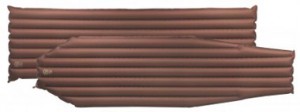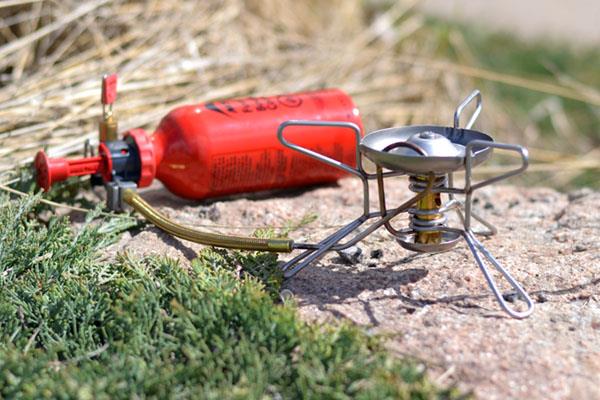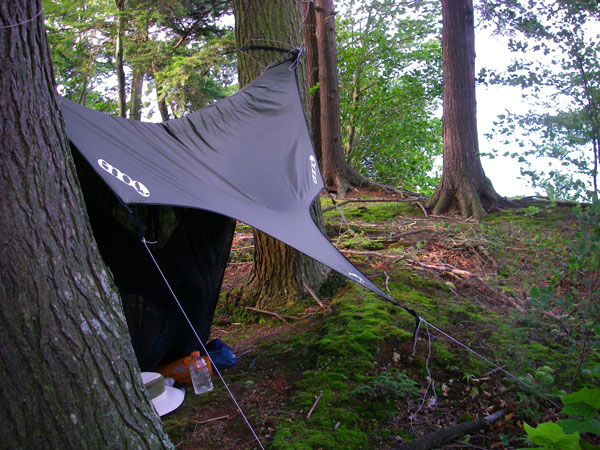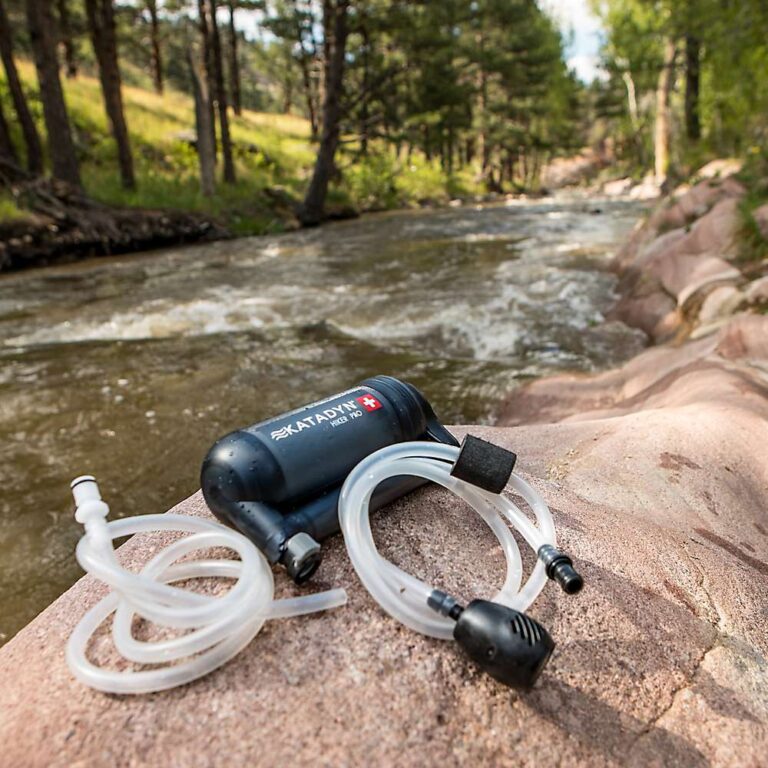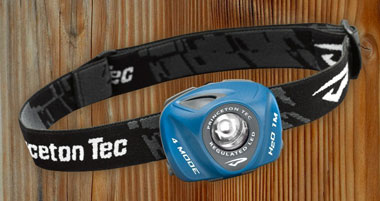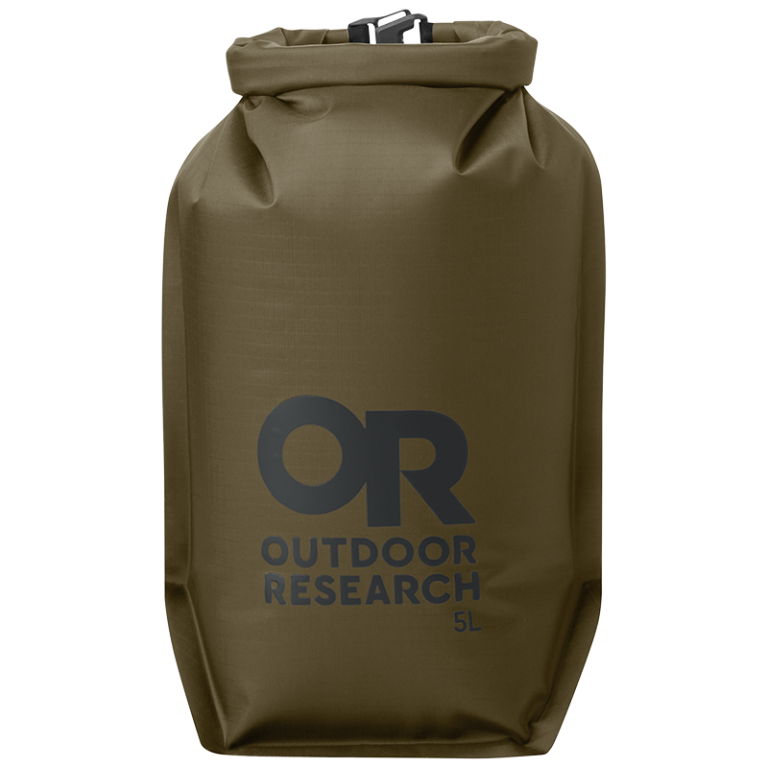Is the Big Agnes “Insulated Air Core” sleeping pad the near-perfect compromise between weight, size, and comfort?
SPECIFICATIONS
Size: 20 x 66 x 2.5″
Other available sizes range from 20 x 4″ x 2.5″ rectangular to 20 x 78 x 2.5″ mummy
Rolled Dimensions: 4 x 13″
Weight: 22 oz.
Temperature Rating: 15F
In the big picture of kayak-camping, a sleeping pad may seem a minor thing compared to more expensive and complex kayaks, paddles, tents, stoves, and other gear. But if you’re to get some solid sack time during a trip, it’s likely you’ll spend more hours sleeping than paddling, cooking, lounging in camp, or any of the myriad other activities which make up the average trip. So, a comfortable and dependable bed is crucial, and the foundation of that bed is the sleeping pad.
Several types of sleeping pads have been devised for lightweight camping, ranging from the familiar and affordable closed-cell foam pads found in discount stores, to the inflatable air-mattresses of yore, to the popular self-inflating, fabric-covered backpacking pads. All have their advantages and faults, and Big Agnes has attempted to find the best compromise between them all.
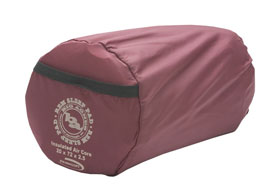
First Impressions
On first unpacking the Insulated Air Core, one is immediately struck by the compact size of the rolled pad, tucked snugly into its included stuff sack. It is less than one-third the overall size of a typical closed-cell foam sleeping pad, and substantially smaller than nearly any popular self-inflating pad. As for weight, the Insulated Air Core is about 15% heavier than a closed-cell foam pad, but 30% less than the usual self-inflating pad. Kayaker-campers certainly appreciate lightweight gear, but we are generally more concerned with packing it all into the tight confines of our cargo compartments; the Insulated Air Core offers an easy compromise between the two, albeit at a price equalling or a bit higher than either. Those seeking to further reduce the volume and weight of an Insulated Air Core should consider the optional version shaped to fit mummy-style sleeping bags.
The true value of any sleeping pad, of course, is comfort. The Insulated Air Core is not the flimsy, squishy, welded-vinyl air mattress of youth camps and summer days at the beach. Inflated, the pad firms up to a plump and cushy mattress, covered in a non-slip ripstop-textured nylon fabric. At 180 lbs., kneeling on the fully inflated pad with only my knees and toes, I could not bottom out and feel the hard ground through the 2.5″ pad. Sprawling out on the mattress and lying on my side, even my bony hips had plenty of cushioning to spare.
At 5’10”, I found the 66″ length to be sufficient for resting in any position, with my pillow positioned off the end of the pad on the tent floor. Campers who prefer their pillow on the pad may want to consider the 72″ version.
Unlike other Big Agnes sleeping pads, the Insulated Air Core includes the addition of an interior layer of PrimaLoft™ Eco synthetic insulation, ostensibly offering warmth down to 15F. Conversely, when making your camp on hot sand or bare rock heated by the summer sun, flipping the pad over (insulation side down) reputedly insulates you from that ambient heat. This internal insulation has been treated with an anti-microbial silicon to prevent the growth of mold inside the pad resulting from the moisture inevitable with manual inflation.
Sign up for “Fetch,” the newsletter of Superior Paddling!
Be the first to know about new or featured how-to articles, product reviews, and destination trip reports, plus other sea-kayak events, news, and more.
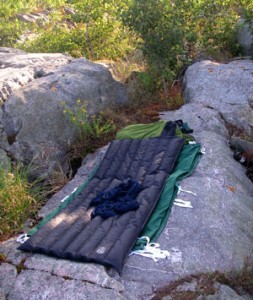 “I Sleep on Rocks …”
“I Sleep on Rocks …”
There have been numerous occasions while kayak-camping on the wild shores of the upper Great Lakes that I’ve been compelled to make my bed on some pretty rough ground. I’ve slept on cobble beaches, in wilderness forests, and the raw, glacier-sculpted granite boulders of the Canadian Shield country.
Sometimes, when travelling in more civilized fashion by car or plane with my wife, and choosing a hotel or other lodging for the night, I tell her simply to find something she likes, and I’ll probably be fine with it, too. “After all,” I declare, “I sleep on rocks.”
She points out that this would likely be impossible without my Big Agnes sleeping pad. As usual, she’s right.
In Camp
When you’ve arrived at your home away from home, making your bed consists simply of unrolling the compact pad, opening the clever EZ-Flate valve, and inflating with about 15 long, hearty breaths. Twist the valve shut and you’re done. I like a pretty firm mattress, and find the Insulated Air Core quite comfortable; some campers may prefer a softer sleep, and this pad can easily be adjusted by simply deflating a bit.
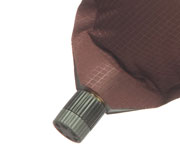
In the morning, stowing the Insulated Air Core is as easy as twisting open the valve and allowing it to deflate. I usually pile a bit of clothing atop my mattress to help press the air out while I pack other gear for the day, but it will certainly deflate on its own, given a bit more time. No need to forcibly kneel-and-roll to deflate it (some campers advocate simply opening the valve while still lying on the pad, but I don’t care to start my day with that sinking feeling). Fold and roll the pad back into the included bag, and you are ready to move on to your next campsite.
Rather than a tent, I sometimes sleep in a camping hammock. This can be chilly in the shoulder seasons of early spring and late autumn, when the cooler wind can whip beneath the hammock and draw body heat out through the thin fabric and the compressed insulation of the sleeping bag. I’ve found that the Insulated Air Core mattress used in a hammock adds some much-needed insulation and warmth, extending the season for greater comfort.
In The Long Run
The Big Agnes Insulated Air Core truly strikes a near-perfect compromise between weight and compactness, while providing the most comfortable sleeping surface I’ve ever enjoyed. Considering its lightweight composition and adjustable comfort, it’s a very versatile pad that can be used in all but the coldest of seasons. Its ease of use, durable construction, and ingenious design make it a cushy reward, especially at the end of a long day of paddling or hiking. I’ve come to call it my “Crash Pad”.
Though generally quite happy with the Insulated Air Core after a few seasons of tripping, it has recently begun having trouble with that age-old nemesis of all inflatable pads: air leaks. Despite great care to protect my Insulated Air Core from punctures and abrasion (I always use it on a tent floor or groundcloth), a couple of pinhole leaks have sprung up, allowing the pad to slowly lose firmness through the night. Using the patch & repair kit included in the stuff sack, I’ve sealed the tiny leaks.
Hits: very compact, lightweight, comfortable, easy to inflate, warm, adds 10-20F to a hammock
Misses: slightly more expensive than many other comparable pads, prone to leakage, somewhat slippery

